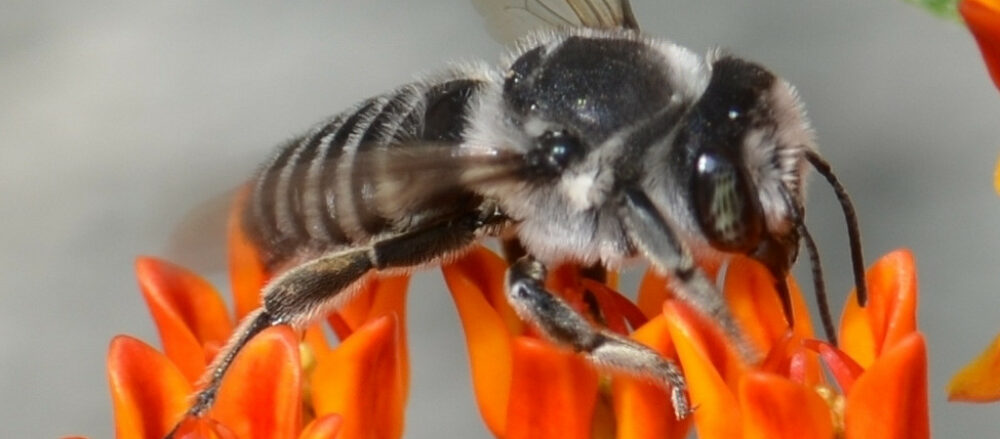“Green Acre” is the cover title of the current issue of New York magazine. The 800 square feet – 1/5 of his lot – Manny Howard cultivates in his Flatbush backyard only amounts to .018 acres, but hey, it’s got chickens and potatoes.
I started my farm, hereafter referred to as The Farm, in March, with my eye on August as the month I’d eat what I had grown. It was, in original conception, equal parts naïve stunt and extreme test of the idea that drives the burgeoning “locavore” movement. According to this ethos, we should all eat food produced locally, within 100 miles—some say 30—of where we live, so as to save our planet and redeem our Twinkie-gorged souls. Now that the “organic” label has rapidly become as ubiquitous and essentially meaningless as the old “all-natural,” the locavores have established a more sacred code, one meant to soothe our anxieties about what goes into the food we eat.
– My Empire of Dirt: An Experiment in Brooklyn-Style Subsistence Farming
I live in a verdant part of Brooklyn where the houses are detached and fairly big, but without much land. My backyard is 20 by 40 feet, prone to flooding in the lightest rain and thus unsuitable even for grass; the only living thing back there was a half-dead cherry tree, which, in my first chore as a farmer, I chopped down. Then I sent out soil samples for analysis, and the results were dire: No nutrient content to speak of and high levels of lead. A toxic wasteland. It wasn’t so much dirt as clay, and before it was buried by five and a half tons of fecund topsoil trucked in from a Long Island farm, I had to excavate a drainage system, a crosshatch of graded trenches, with a deep hole in the middle that went all the way down to sand.
…
One afternoon, shortly after the pinkie incident, while Caleb and I were scraping shit out of the rabbit hutch—one of the many farm chores that keep you perpetually busy while seeming to accomplish nothing—a clutch of women from the Brooklyn Botanic Garden gathered at the top of the driveway. They were judging the Greenest Block in Brooklyn competition and had been attracted by the planter boxes I had in front of the house filled with tomatoes, peppers, cucumbers, and cantaloupe. They wanted to congratulate us on setting such a public example for how food could be grown in the city.
Caleb and I exchanged a look and ushered them into the backyard. The Farm blew their minds.
Their excitement allowed me to see my garden through fresh eyes. The corn stood five feet high in uniform rows, green beans shooting runners up their substantial stalks. Butterflies skimmed above the fanlike leaves of the collard greens, and cucumbers hung heavily from the lattice I had built for them. The herbs were glorious—the fennel blossoms tasting powerfully of licorice, the dense rosemary bush promising years of service. Amid the greenery, bits of color flashed out—a yellow squash, a bone-white eggplant, an orange tomato. The potato plants stood so tall and thick that we couldn’t have anything less than a bumper crop. The judges from the Botanic Garden marveled at our spectacular achievement, and so, for a moment, did I.
That was one week before the tornado.
Thanks to my gardening neighbor, Nelson, who told me about the article and showed me the cover of his New York magazine this morning when I bumped into him at the subway station this morning on my way to work. Mr. Howard is a neighbor I haven’t met yet. I wish him well in his endeavor, and hope I get to meet him, his family, and his livestock some day.

Hi, Flatbush Gardener.
Speaking of eating what you grow in Brooklyn, this morning I published a blog post about inadvertently growing an edible delicacy in my Kensington garden. Check it out.
Cheers, Joyce H.
I just finished reading Manny Howard’s piece on his farm in Brooklyn. Reads a little like a back-to-the-land horror story. When we moved to our farm in the late 1970s, many of the people in our area were attempting to live off the land. We and a neighbour are the only ones left out of that wave. The rest are back in the city now. Mixed farming is not such an easy thing to do. As mentioned in the conclusion of Howard’s article, it certainly gives one an appreciation for the work that goes into food production. As the billboards along the highways in our region say, “If you ate today, thank a farmer.” Yup.
Never would I imagine a “farm” in Brooklyn…sounds like an ambitious project to say the least. I hope you get to visit him and maybe post some pics one day.